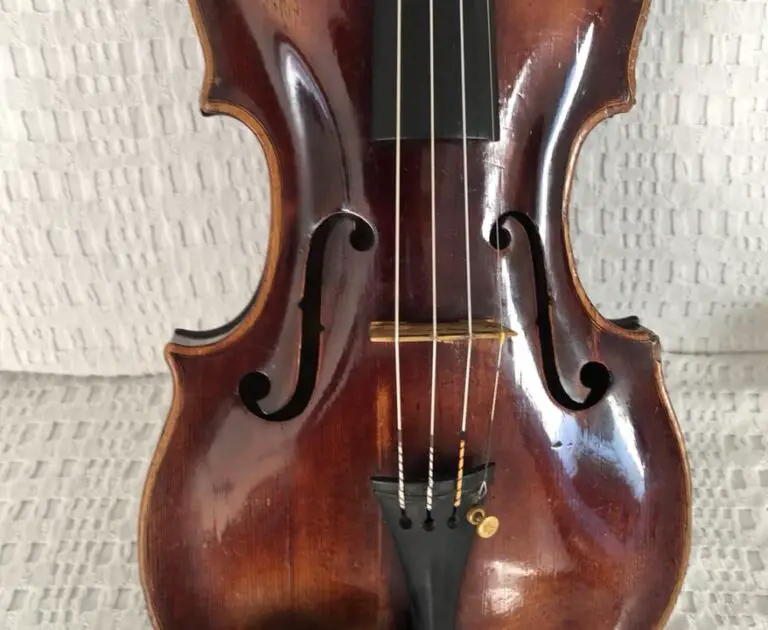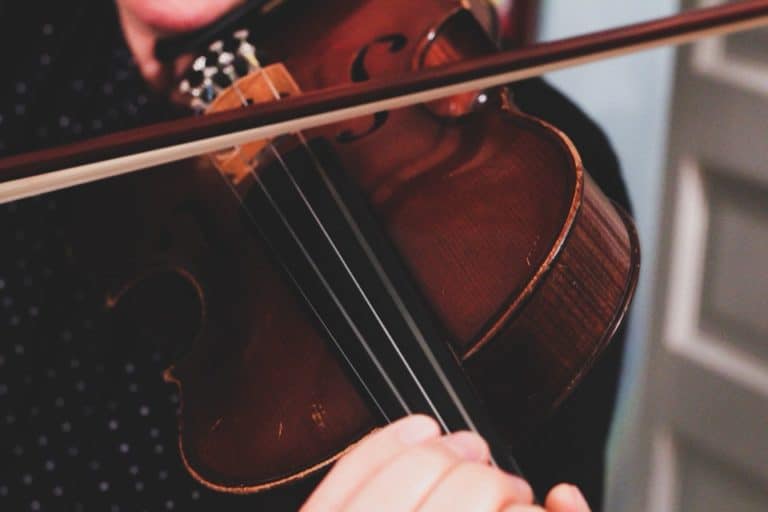Why is the Violin Shaped that Way?
The violin is a complex piece of equipment. To the irreverent eye, it may seem like a pile of wood with some strings, but the amount of math and fine-tuning behind the instrument would beg to differ. The shape of such a device is paramount to its functionality, and the work of the legends of old who brought it to its current state is a testimony to that fact. Spoiler: It’s not just because it looks pretty.
The shape of the violin is a tight compromise between playability and sound projection.
| Characteristic | Reason |
| Length | Corresponds to the average length of the arm |
| Thickness | To give room between the chin and the collar bone |
| Convex hourglass shape | Room for the bow to pass through the body of the instrument |
| Arch | Withstand the pressure of the strings on the table |
| Round bridge and fingerboard | The bow (which is flat) needs to play one string at once |
| F-Holes | Best compromise between sound projection and sturdiness |
| Scroll | Ornament and symbolism: it is a symbol of infinity |
Why the shape of the violin?
Why did centuries of development solidify this particular shape for the violin? It wasn’t chosen on a whim. The most renowned luthiers throughout history had their own twist on how they built their violins, and ultimately, we have them to thank– particularly Stradivari– for what’s become the norm these days.
That still beckons the question, though: why? The violin’s shape isn’t exactly perfect. It’s inherently fragile, the cost and expertise required to craft one are significant, and it’s not particularly ergonomic on the high-end of the fingerboard to name a few problems.
The simple answer is that despite these imperfections, the Stradivarius standard that was set in the 1700s prevails today because it strikes a great balance between playability and tone. The modifications made at the time have become standard since his innovation with people outright admitting to copying his design, even when he was still around. Is there a better design out there? Maybe, but the violin is shaped this way because it’s exceptionally effective. It’s not like there’s never been a non-traditional violin crafted since this standard was adopted after all, but nothing has stumped that standard to the point of taking over since.
The arch
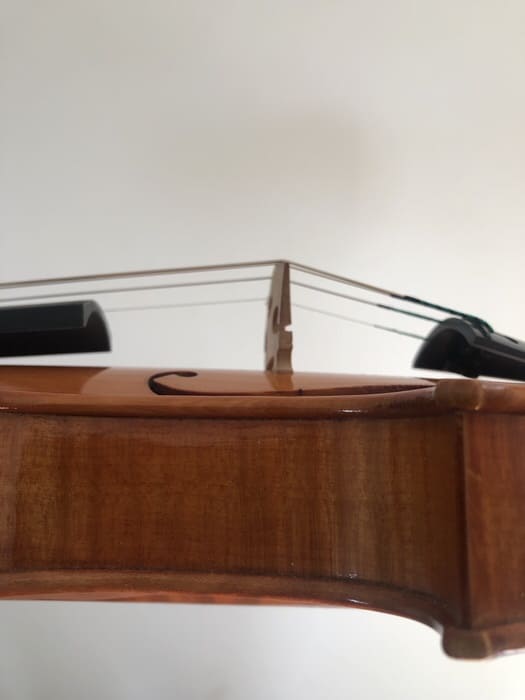
The violin’s arch is completely necessary to ensure the instrument’s integrity due to the pressure it continually endures under the strings. String tension produces an immense amount of pressure, so much that a simple flat piece of wood would be at risk of breaking. Having an arch helps counteract that pressure. Arch is said to impact the instrument’s tone as well, so luthiers over the centuries have sought to strike a balance between these two qualities with some major adjustments coming from the Stradivarius standard.
Convex shape
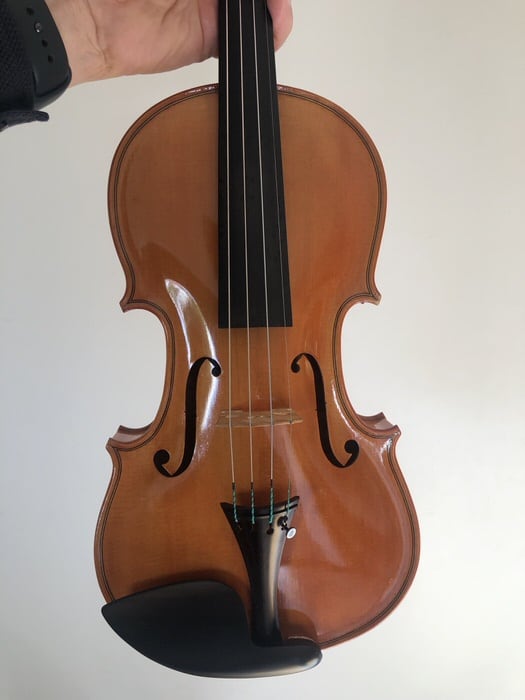
The signature convex “hourglass” shape of the violin isn’t just to look pretty. As any player has probably noticed, those notches on the side of the violin give the player space to use their bow while playing. This feature was modified in the 17th century to the standard more or less used today.
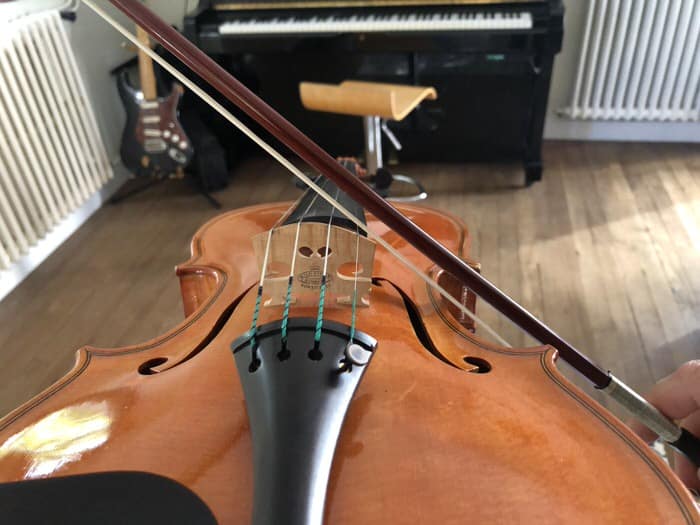
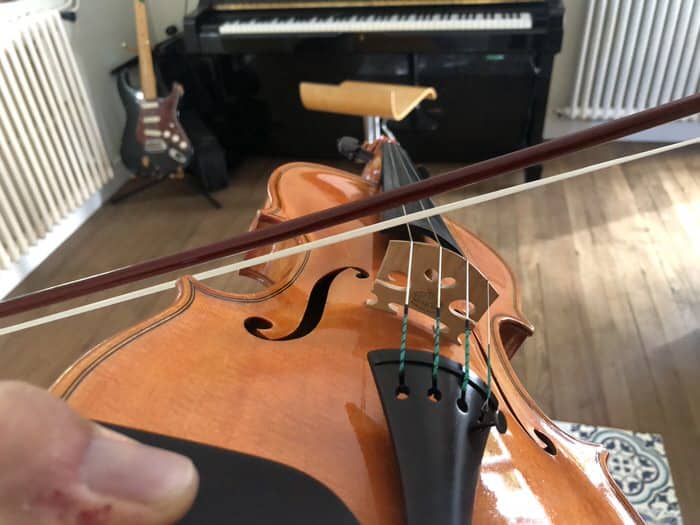
The length
Similarly, the length adapted over time to be the optimal length for the average human’s arm. Before the 19th century, the average violin neck was typically slightly shorter, and many pre-19th century violins have been retrofitted to this standard since. Of course, violins come in different sizes, but these sizes aren’t chosen on a whim. Just like the rest of the instrument, they’re calculated for ease of use rather than appearance– that part’s just a bonus.
Thickness
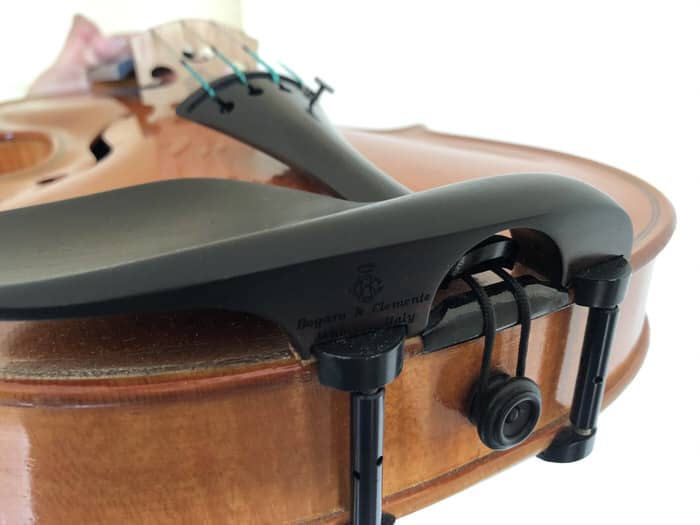
The thickness of a violin has a handful of purposes, the primary of which boil down to two things: fit and resonance. The profile of the violin is thin enough to fit under a player’s chin while they play, yet thick enough for the sound to thoroughly resonate and produce a full-bodied tone. That balance was especially crucial centuries ago when there was no means for amplification outside of venue acoustics, so it should come as no surprise that it, too, has adapted over time since the original violin’s creation. The invention of the chin rest remedied fit concerns for some of the larger players out there.
Ultimately, the violin shape is a compromise between sound, playability, and solidity. Could you remove more of the body to make it easier to play? Sure, but the sound would suffer. Could you make it bulkier and more resilient? Of course, but that would make it quite the burden to play. When it comes to making a violin intended to perform, there’s no single quality that can be prioritized over another, nor is there one you can disregard altogether. It’s a balancing act that’s been optimized time and time again since Amati’s original conception of the instrument.
Evolution of the violin shape over the years
As classic as the violin’s design may seem to us these days, there was a time when it was a cutting-edge innovation. As previously mentioned, the violin’s current shape wasn’t designed overnight, and today’s finest violin certainly doesn’t fit Amati’s original spec from the 16th century. Back when the violin was first introduced, differences between schools– namely the school of Cremona and the school of Brescia– could be down to the millimeter even, but each had its own expertise nonetheless.
Even when the violin was first invented, its specifications weren’t particularly strict. The first luthiers to try their hand at crafting these instruments all had minor variations in how they approached it, though they collectively settled on some approximate standard dimensions eventually. These original violins were quite similar to the modern ones to the untrained eye, but if you inspect them side-by-side, you’ll notice that they had a less uniform shape with a bit more girth on the lower end. The arches tended to be more substantial than a modern violin as well.
Prominent violin makers in the coming ages challenged those standards, however, as the violin continued to evolve. Even Amati’s descendants, who operated the Cremonese school after his passing, adopted some changes as time went on, which may not come as much of a surprise considering Antonio Stradivari himself worked with them. Basing his designs on the original Amati concepts while working there, Stradivari set off to revolutionize the violin standard at the Cremonese school.
Although he’s revered as a pioneer in the violin’s history today, the climb to Stradivari’s throne was a several-decade-long process. Continually experimenting with his work, he went through several iterations of various shapes and sizes before settling on the design we know today following a surge in his popularity at the time. The more significant, noticeable changes were in the shape of the violin’s body where it tended to have a rounder bottom and comparatively flat arches as well as a change in finishing materials. Stradivari’s advancements have arguably been challenged since, but not much; the standard he set all the way back in the 17th-18th centuries is the same standard most modern violins are based on.
Why are the holes shaped like an F?
The F-Hole has become the best compromise between an open hole that weakens the body of an instrument (and lets rosin dust in) and a slot cut in the direction of the grain. F-Holes provide the best sound projection for their size of openings.
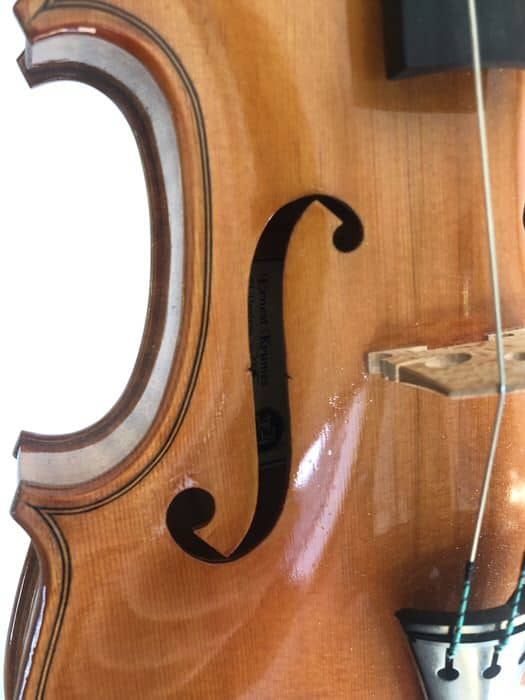
The famous F-holes of the violin were just as much an evolutionary process as the rest of the instrument. Instruments predating the violin used other shapes, one of the more prominent ones being the viol’s C holes, with their levels of sound projection. The F-hole itself was more or less born of an effective past design that held a very similar shape to the F hole we all know, but without the notch indicating where the bridge should be placed. After that adjustment, it was appropriately donned the F-hole for its F-like shape.
Why do violins have scrolls?
Some violins have a sculpture of a person’s head in that place. But scrolls have become the norm, as a symbol of infinity as if strings didn’t end in the pegbox.
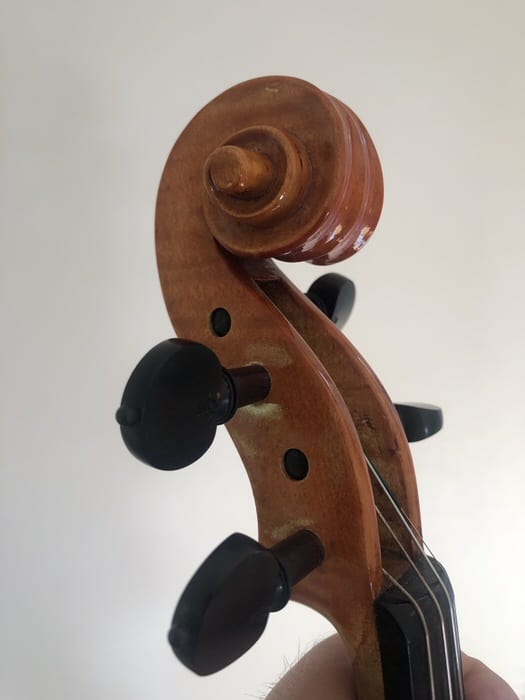
It’s been thoroughly established that the violin is carefully crafted for sound and playability over looks, but one exception to this rule is the scroll of the violin. Unlike the rest of the practical pieces, the scroll of the violin was designed to hold a more poetic meaning instead. Aside from simply looking nice, it’s meant to symbolize infinity, as in infinite possibilities. Strings seem to not stop at the pegbox, but go on in an infinite loop. Such an artistic sentiment seems about right with the birth of a new instrument at the end of the renaissance, after all, especially considering how practical past instruments occasionally were. Some– not all– of the violin’s predecessors were comparatively crude, and whatever its inventor was thinking at the time, it came out much more ornate than said ancestors. Fortunately, that detail of the beloved instrument has prevailed through the centuries of adjustment.
Standing on the shoulders of giants, generation after generation of luthiers have whittled away at the violin’s design to bring us the optimized design we enjoy today. Whether or not there’s a better shape out there is up for debate, but until the next Stradivarius comes along, we can be content with the legacy he’s instated in the industry to this day.



